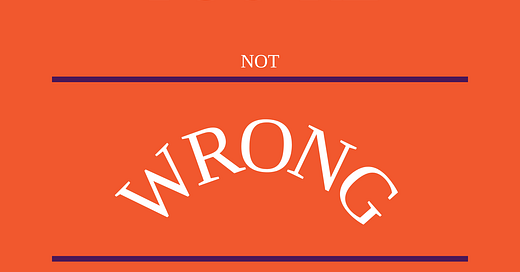I love AI. It’s a marvel. It can detect patterns, learn languages, even generate new ideas at scale. It is referenced in my favorite movie of all time The Matrix.
“We marveled at our own magnificence as we gave birth… to AI.” – Morpheus
In The Matrix, AI harvested human energy, enslaved the species, and built an elaborate simulation to keep everyone docile and unaware.
But even it never stooped to making people rewrite their résumés 47 times to get past a digital gatekeeper called the Applicant Tracking System - ATS
🔍 What is an ATS?
An Applicant Tracking System (ATS) is software used by employers to manage the hiring process. It scans résumés, parses keywords, and filters out applicants based on predefined criteria—often before a human ever sees your name.
📊 ATS By the Numbers
98–99% of Fortune 500 firms use ATS software to pre-screen candidates GeekflareJobscan
75% of recruiters globally rely on it GeekflareYahoo Finance
70% of large companies use it—but just 20–35% of small and mid-sized businesses do
🪨 ATS: Back to the Stone Age
Though ATS software may be great for organizations, it’s not so great for job seekers. Let’s assume the following:
More than 75% of job applications are rejected by ATS filters.
Job seekers spend, on average, 1–2 hours per application (researching, customizing resume/cover letter, entering data).
A typical job seeker applies to 50–100 jobs during a search.
Let’s use the U.S. alone: 6 million+ unemployed at any given time, many of whom are actively searching.
🧠 Sample Calculation (per person):
Let’s assume a moderately active job seeker applies to 60 jobs.
60 jobs × 1.5 hours = 90 hours spent on applications
75% rejected via ATS → 67.5 hours wasted on applications that were never seen by a human
📊 Scale It Nationally (U.S.):
Assume 1 million people are actively job seeking at that intensity.
1 million × 67.5 hours = 67.5 million wasted hours
🧨 Put Another Way:
That’s the equivalent of 7,700 years of human effort lost to automated rejection.
🧭 Let Them Find Us
AI can:
Predict protein folding structures for future drugs
Translate ancient Sumerian texts in real time
Generate courtroom arguments, business plans, and bedtime stories
Diagnose rare diseases before symptoms fully appear
Simulate the voice of someone who died 10 years ago
Write you a cover letter in the style of Virginia Woolf
Pass the bar exam
Create photorealistic images of events that never happened
Build an app from a sketch
Summarize War and Peace in emojis
Remix your résumé into Shakespearean sonnet form—for fun
And yes—it can crawl LinkedIn and identify people with exactly the skills and background you're looking for.
If a company truly wants to find you, they can.
They can use AI to:
Scan the public web.
Match people to problems.
Surface qualified candidates without a single résumé submitted.
They don’t even need your CV. They already have your career timeline, job titles, skills, and thought leadership—publicly available.
And still, applicants are wasting a Stone Age worth of time per job seeking cycle; time that could have been spent building real value, real connection, real experience
We deserve better.
My vote - Let Them Find Us



